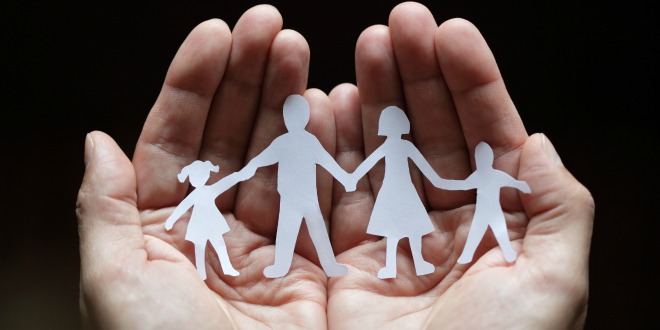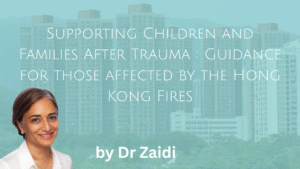During a divorce, parents might experience intense emotions towards the other estranged parent. Often, unknowingly, one of the parents emotionally harms a child during and after the separation. For your child’s emotional and social well-being, it is important that your child has a secure attachment to both parents. A secure attachment means that the child feels safe to discuss or display emotions in front of either parent. For a child, it is important that the parent is a secure base, this enables them to develop a sense of self, and have a healthy dose of independence and resilience in the world. It can be difficult for adults experiencing grief, trauma or other strong emotions to put the child’s needs first. During a divorce, your child might also grieve or feel confused. Here are a few pointers to help your child adjust during this difficult period.
1. Children love both parents
Children often feel sad for the parent who is grieving. They may take sides with the parent they believe has been wronged. It is important that they understand that it is ok to love both parents. Even if you have been hurt, make sure your child knows that you have forgiven the other parent.
2. Remember who the adult is and who the child is
It is ok to talk to your children about your emotions, but make sure that you are comforting them and not expecting the child to comfort you. Here is an example of a conversation you might have with your child. “I know that you are sad that mum and dad will not be living together anymore. You might be feeling scared. But mum and dad both love you a lot, and you can talk to us anytime. I am also feeling sad, and sometimes you might see me cry. It is ok to cry when you feel sad. I do not want you to feel like you have to take care of me. I am here to take care of you because I am the parent. Right now all you need to do is be a kid.”
3. Create predictability
Children might feel surprised and shocked about the divorce. They might also develop a fear of the dark and want to sleep with you at night. These insecurities and fears emerge because of the unpredictability of the divorce. Create a routine and let your children know what to expect that day and week.
4. Security
They might feel insecure and want to be around one of the parents more. They might cling to one of the parents out of fear that they will be abandoned. Remind your child that they are safe and you are never going to leave them. They might become worried that the parent who moved out of the house is also leaving them. They might also worry that they will lose the parent they are currently living with. A picture of you and the other parent in a locket, or in a wallet might be reassuring for the child to have if they are experiencing separation anxiety.
5. Bed time routines
Your child might want to sleep with you at night because they want the extra security. You might also want to be comforted by your child during this time. If you let your child sleep with you, it will be difficult to undo in the future. Create a predictable bedtime routine at night that helps your child feel secure. You can tuck them into their own bed and read to them. Every night tell your child that they are safe and that you love them and will never leave them. If they have nightmares during the night, comfort them and put them back in their bed. Some children benefit from sleeping with a flashlight that they can use to make sure nothing is hiding under the bed or in the closet.
6. Do not block access
Do not prevent your child speaking to or visiting the other parent. When they are on the phone with the other parent, give the child some space. The child may feel like they cannot be close to the other parent because they will hurt you. This is not a healthy emotional space for a child. A child identifies with both parents and blocking access can lead to depression,anxiety and low self-esteem. It is important for you to put your emotions towards the other parent aside around your children.
7. Minimize conflict
If you are involved in a high conflict divorce, minimise the conflict around the children. Conflict activates your child’s fight or flight system and may lead to confusion and anxiety. Some children may also develop physical complaints and symptoms if they are unable to verbalise their emotions.
Written by Dr. Monica Borschel
If you found these strategies helpful but feel unsure where to begin, working with a mental health professional can offer clarity and direction. At MindNLife, we use evidence-based approaches to support long-term emotional resilience. Explore How We Can Support You.




